Have you and your spouse ever purchased groceries without communicating with one another, and each of you ended up buying a gallon of milk? Supposing you have a large kitchen with two refrigerators, you may not even realize this double purchase. The result is a whole lot of wasted milk.
This example represents the sort of things that easily occurs within a large project or organization. Two departments require the same service, and without realizing it, each signs contracts with the same provider for the exact same service. The business pays double the money, needlessly, for the duration of the contract. Particularly in a rapidly-expanding company, where nothing is centralized and each department looks out for itself, this sort of thing happens all the time.
A process for centralizing the acquisition of goods and services becomes increasingly important as projects become larger, longer and more complex. This centralized planning is known as procurement, and it’s an integral component of any project management plan. Let’s look more at the roles, benefits and strategies of procurement, and see how it functions within a project and organization.

Procurement Defined
Before looking into what procurement means in project management, let’s look at the definition of “procure.”
Procure is a verb that means to bring about or achieve something by care and effort. It goes above and beyond simply “getting” or “acquiring.” Although you may “get” a job or “pick up” some aspirin at the grocery store, you “procure” an employment contract or a prescription for medicine.
Definition of Procurement in Project Management
In project management, then, procurement refers to the methodical and deliberate process of obtaining the goods and services needed to execute and complete a project.
In order to ensure the process is systematized, procurement centralizes this process within one person or department. Procurement looks at the big picture, to understand why various tools are needed and how they affect the entire project. It also carefully considers the risk and costs of particular goods and services.
Procurement has its hands in many different departments. Some of the processes it plays a part in supervising include: purchasing software, improving information technology and hiring consultants, auditors and legal teams.
Examples of Procurement
Here’s an example that demonstrates how procurement works within a project. Say a company is moving to a new office space across town. It needs to safely pack up all of its office furniture, computers and files, and unpack everything at the new location.
A procurement specialist considers the best method for executing this assignment. Does it make more sense to hire a moving company, or to keep the assignment in-house? If it’s determined that hiring out is the best plan, he then considers the various companies who offer the service, considering things like cost, contract options and experience.
The objective is to find a solution that most benefits the company: reduces risk, saves money, and allows the company to best expend its resources. The solution varies depending on the team and the nature of the task.
Note that procurement’s expertise lies in looking at the big picture and connecting dots, not in performing the task itself. For example, a procurement specialist understands how a particular software program fits into the strategy of an overall organization. However, she cannot fix glitches in the software; this is the realm of an IT department.
Benefits of Procurement
The process of procurement benefits a project in significant ways.
Procurement reduces risk because it studies a variety of options, and carefully selects the good or service most likely to help a project achieve its objective.
For example, when an office decides to move to a new location, it opens itself up to a lot of risk. Time is lost and important files may be misplaced and furniture may be damaged. A procurement office carefully selects a process that’s most likely to avert or minimize these risks.
Procurement also saves money. As discussed, rather than each department fending for itself and finding solutions on its own, procurement finds the most economical solution for the entire team.
Procurement’s Role in Project Management
A project cannot commence without determining a method for obtaining goods and services, and so procurement is fundamental to the execution of a project. For this reason, a procurement document is written up in a project’s planning stage.
A procurement document clarifies whether a team outsources or produces something itself. It also outlines the contract and payment method for outsourcing. Most companies have standard methods around suppliers, contractors and payment methods, so these decisions needn’t be made on an individual basis over and over again.
As you can see, procurement is central in project management. It’s not only utilized in projects, either. Many organizations interested in reducing risk and saving money dedicate a department to procurement.

Issues with Procurement
Procurement means weighing a lot of options and considering the best strategy for a particular service or good. Between reimbursement and contracts, let’s look at some options to take into consideration when creating a procurement strategy.
Reimbursement Methods
Reimbursement, unfortunately, isn’t nearly so simple as receiving a quote then writing a check. There are a variety of ways to reimburse contractors. Let’s look at some of the most popular and consider their benefits.
Firm: A firm price means that nothing changes after the initial agreed-upon price. This is best utilized for short-term assignments and is helpful because it eliminates any guesswork.
Fixed Price: A fixed price is similar to firm, except that certain prices change with the market. This method is useful when the prices of goods like fuel or commodities fluctuate rapidly.
Cost Plus Fee: Cost plus fee entails paying all the costs for a job, plus an agreed-upon fee. The contractor demonstrates all the costs with time sheets and receipts. This method precludes a scenario where the project manager wildly overpays for a service.
Target Cost: With target cost, both the project manager and the contractor agree on a target cost, and work together to meet it. If the cost goes over, both sides share the pain, and if it goes under, both benefit. This method encourages both parties to collaborate and aim for the target cost.
Each of these methods provides a singular benefit. When considering reimbursement, procurement collaborates with the contractor, carefully considering the nature of the project to identify the best reimbursement method.
Contract Options
In addition to payment, procurement considers various types of contracts.
Prime or Principal Contracts: This is when the organization hires one contractor to subcontract with other employees. With a prime contract, the project manager cannot directly oversee subcontractors. They can look at the work, but must communicate through the principal contractor.
Hub and Spoke Contracts: Rather than hiring one contractor to oversee subcontractors, with hub and spoke contracts the project manager hires and oversees each tradesman individually. Although this creates more flexibility, it can result in an overwhelming amount of contracts with individual workers.
In sum, procurement takes into careful consideration a variety of options, carefully considering the tradeoffs of each.

Strategies with Procurement
Becoming savvy at the process of procurement is no cinch, as it entails looking at a variety of criteria, both inside and outside the organization. Here are a few strategies for juggling all the balls without allowing any to fall to the ground.
Communicate, Communicate, Communicate
A procurement team makes decisions that impact all facets of a project, from marketing to finance to IT. It also looks outside the project and communicates with a variety of vendors and contractors.
At the same time, it doesn’t specialize in any of these areas.
Communicating effectively with everyone allows procurement to understand the purpose of various tools, services and supplies, and to receive feedback on the ideal choices to make.
Hire a Procurement Specialist
It takes some time becoming skilled with procurement, and so it’s helpful to hire a specialist who’s comfortable with weighing a variety of criteria and making smart decisions that benefit the project.
Divide the Labor
In order to mitigate risk, it’s best when a variety of professionals contribute to the process of developing a procurement plan.
One method is to have a person with technical know-how identify the work to be done, and find people to do it. A second person develops the contract and oversees the business relationship. And finally a third person oversees the payment process.
In sum, succeeding with procurement is a skill. Effective communication and experience is integral to mastering it.

Procurement Documents
The process of seeking materials and services outside the organization can be distilled into a few simple steps: invite the vendor, request quotes, review the quotes and then reward the contract to the right supplier.
This process is best documented in writing. Let’s review some of the central documents that a project manager (buyer) issues to a vendor or contractor (seller).
- Request for Information (RFI)
In this first initial document, the buyer seeks to understand what the seller provides. An RFI requests the seller to showcase his services, expertise and capabilities. - Request for Proposal (RFP)
When the buyer is satisfied with the seller’s expertise, she issues a second document asking how the seller plans to accomplish the job. The information requested in the RFP includes the company’s experience and the price. - Request for Quote (RFQ)
In this request, the buyer requests the seller’s price for the services. - Invitation for Bid (IFB)
The buyer at this point is usually considering several vendors. She reaches out to them for bids. Based on the response, the buyer makes a decision on who to award the contract to. - Letter of Intent (LOI)
With the letter of intent, the buyer expresses that she’s settled on the seller. It’s not a contract, but a strong indication that the seller can begin preparations for the project. - Purchase Order (PO)
In a purchase order, a seller receives the contract and a professional relationship is established.
Although this process varies depending on the situation, following a methodical process with written documents ensures the process is conducted professionally and thoroughly.

Conclusion
Procurement looks to the big picture. It’s about understanding the function of a variety of tools and services within a project, and selecting those that will do the job with the least amount of cost and risk.
Succeeding with procurement means bringing the team together to identify the right tools, not just for one department, but for the entire organization.
Effective communication is integral to a sound procurement plan. If you’re managing a remote team, consider Teamly, the project management platform with easy-to-use communication features. Visit us and sign up today!




















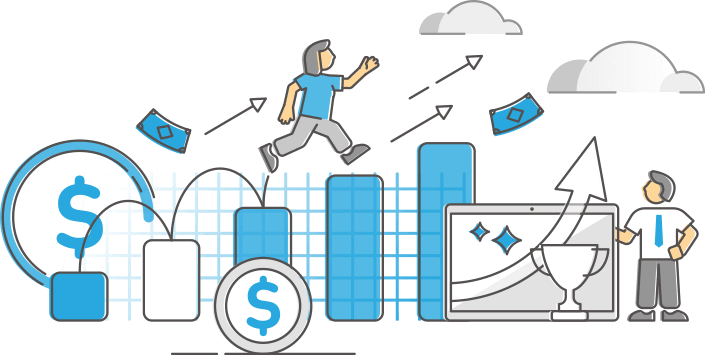


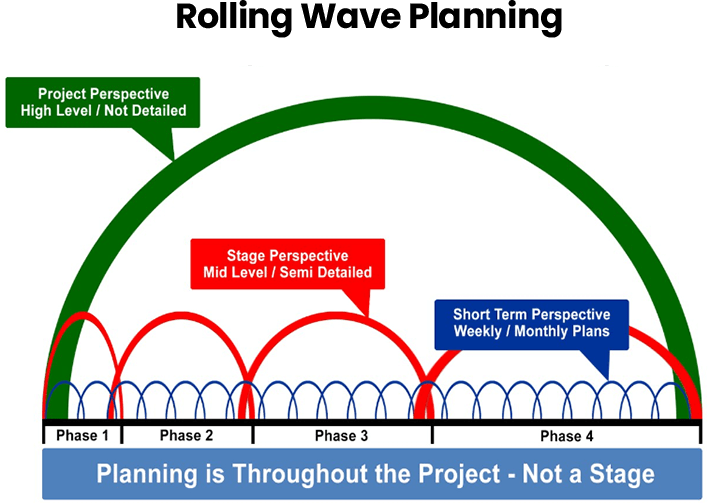



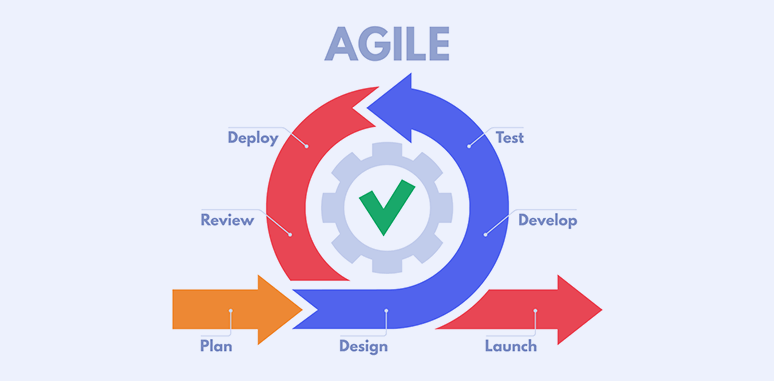
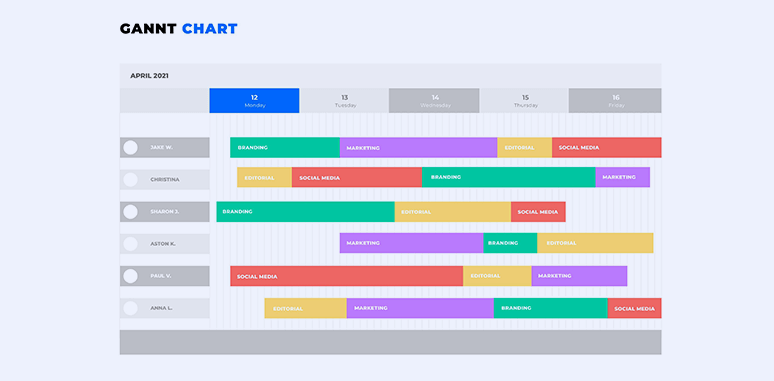
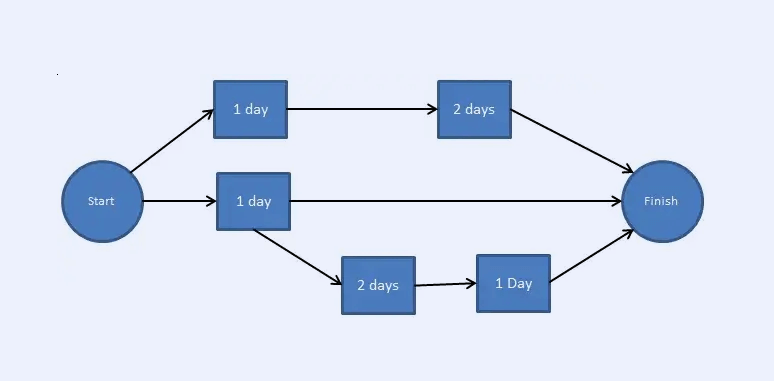
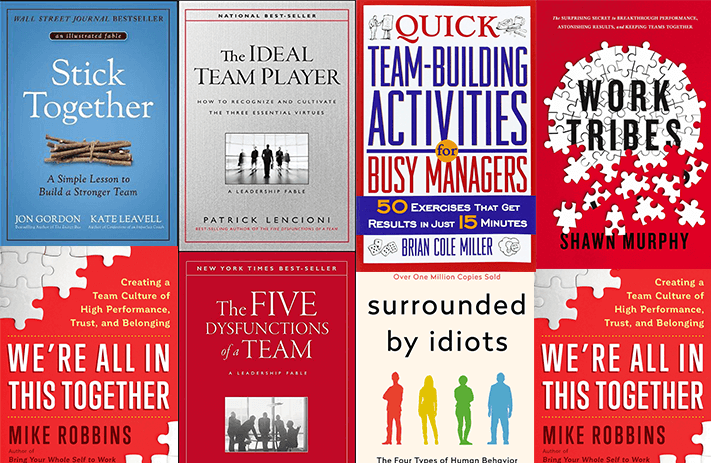
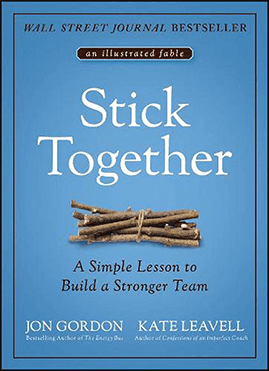 Publisher: Wiley
Publisher: Wiley Publisher: Essentials
Publisher: Essentials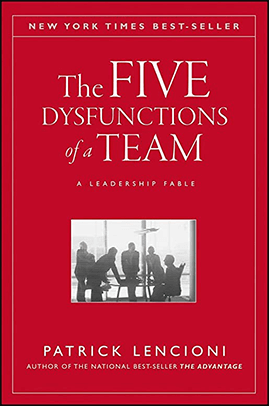 Publisher: Jossey-Bass
Publisher: Jossey-Bass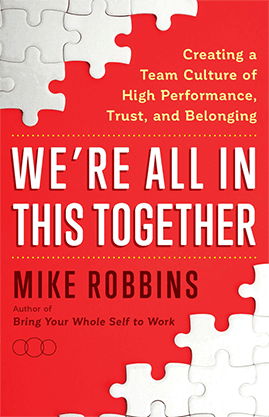 Publisher: Hay House Business
Publisher: Hay House Business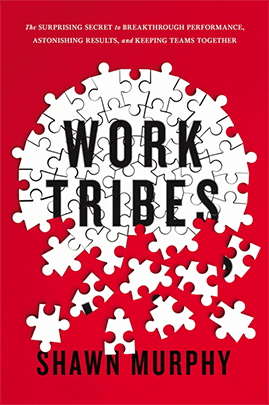 Publisher: Harper Collins
Publisher: Harper Collins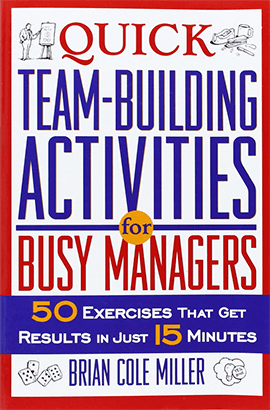 Publisher: AMACOM
Publisher: AMACOM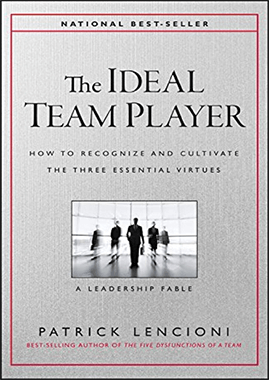 Publisher: Jossey-Bass
Publisher: Jossey-Bass

























